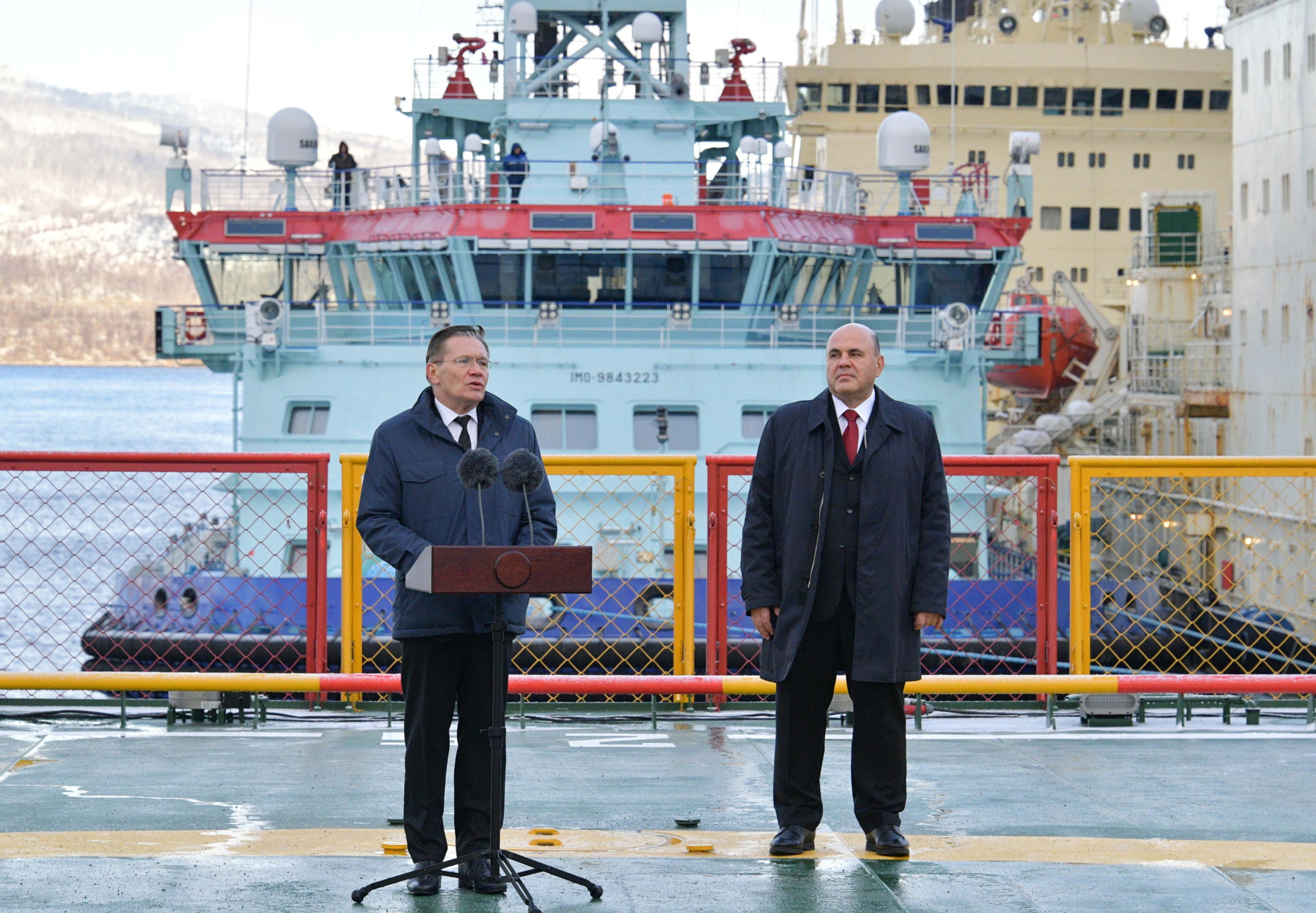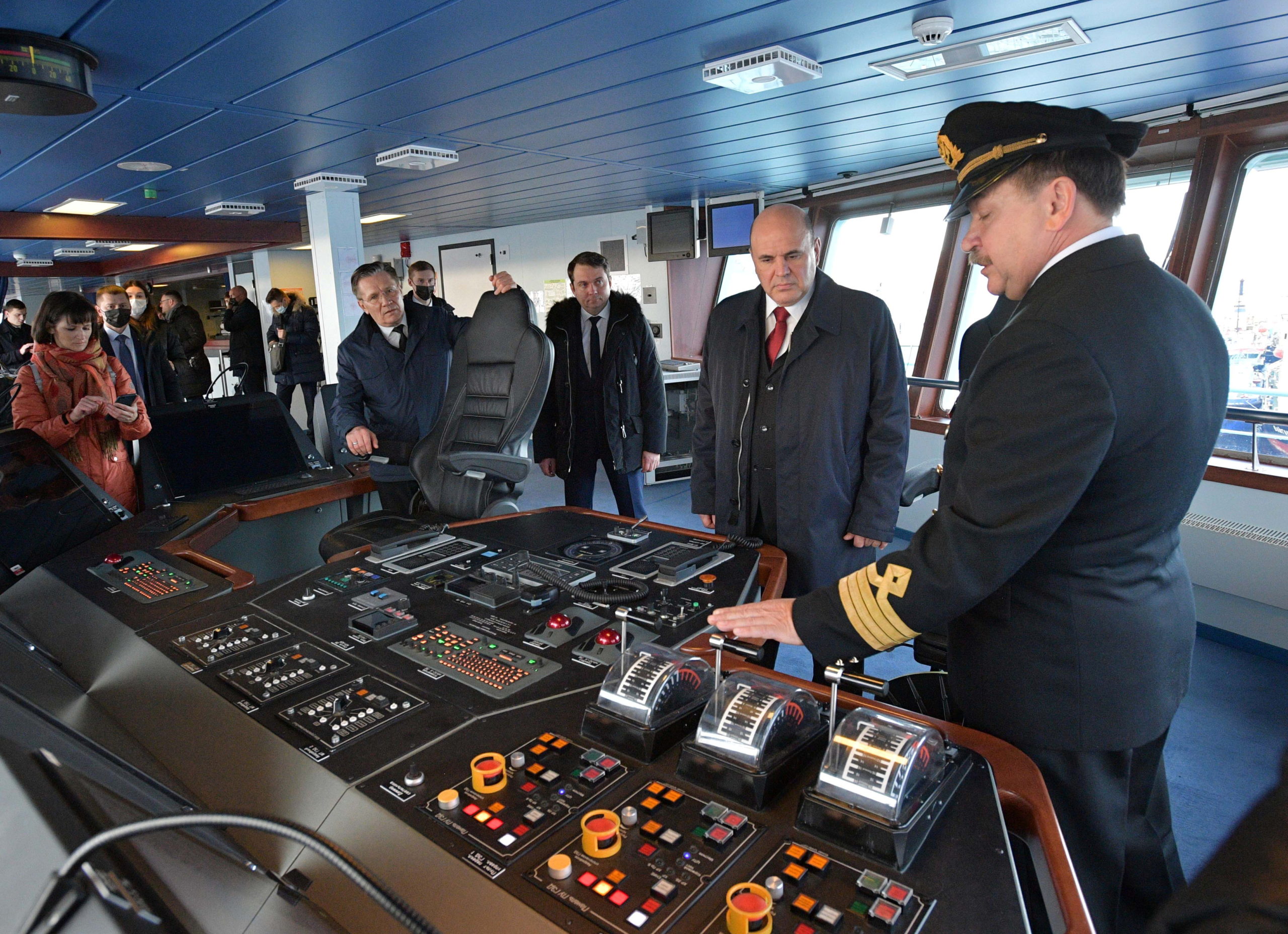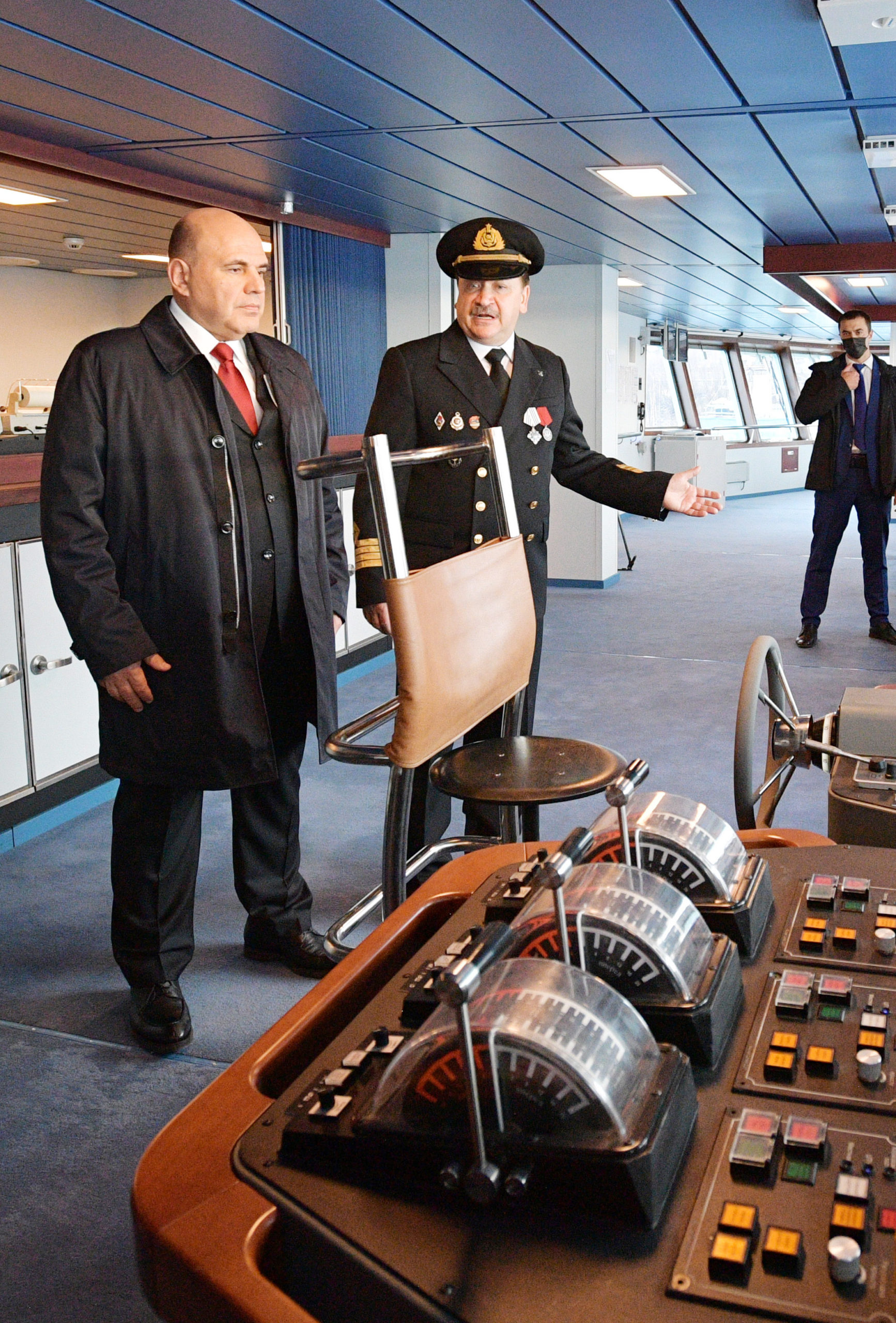Sea ice at the North Pole was too thin to properly test Russia’s giant new icebreaker
The Arktika will have to undergo a second test voyage to prove its sea ice capabilities.

After Russia’s newest icebreaker, the nuclear-powered Arktika, reached the North Pole on her maiden voyage, the communication department of Atomflot sent a press release claiming the vessel had confirmed its characteristics in ice conditions. The release also said Arktika sailed through three-meter-thick ice on the way to the North Pole.
But the statement was likely premature.
Head of the icebreakers acceptance team, Oleg Shchapin, says new tests in the ice have to take place, news agency TASS reports.
“Ice tests are still ahead, probably this year, because now ice tests did not work out, the ice thickness was 1.1 to 1.2 meters. It was thin and loose; the icebreaker received no resistance at all,” Shchapin says.
He adds: “We tried to find a three-meter ice floe, but they did not find it.”
Shchapin did not elaborate on where to find three-meter-thick ice. Currently, the entire Northern Sea Route north of Siberia from the Kara Sea to the Bering Strait is open waters. The sea ice near the North Pole has never been reported weaker and thinner than this year.
[‘The ice is dying,’ warns researcher as largest ever Arctic expedition concludes]
Multiyear sea ice is currently only found in the waters north of Canada, Alaska and Greenland.
Sailing out from the Baltic Shipyard in St. Petersburg on September 22, Arktika sailed straight to the North Pole before heading south and calling to her new homeport Murmansk on October 12.
The official commissioning of Arktika took place on Wednesday, October 21, in a ceremony in Murmansk attended by Russian Prime Minister Mikhail Mishustin. It is also the prime minister who signed the acceptance decree.
From December, Arktika will start to plow through ice along the Northern Sea Route. Next summer, however, a new starboard propulsion motor will be installed as the original one experienced a short-circuit and stopped working after trial-sailings in the Gulf of Finland in February this year. Arktika has three similar propulsion motors.
The icebreaker is the first in a series of five nuclear-powered vessels of Project 22220.
The four other vessels in the class are named Sibir, Ural, Yakutiya and Chukotka. They are expected to start operations from 2021 to 2027.
All will be based in Murmansk, but mainly operate along the Eastern sector of the Northern Sea Route.

